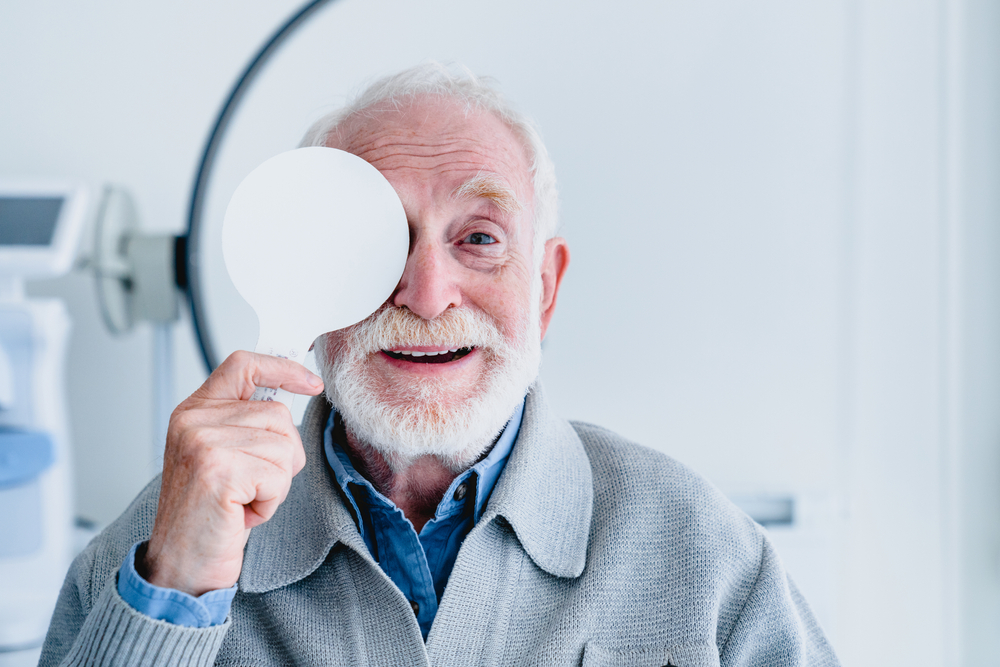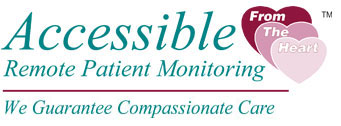 May 2, 2025
May 2, 2025
For most of us, our eyes are the first way we encounter the world. As the old saying goes, eyes are the window to the soul. But what happens when your eyesight starts to change, making your vision not as sharp as it once was?
While some vision changes are a natural part of aging, many eye conditions that affect older adults can be prevented, slowed, or managed effectively with the proper knowledge and habits. Whether you’re in your 30s and thinking ahead or already noticing changes in your 60s, understanding how to care for your eyes can help preserve your vision for years.
We are here to increase your awareness of what can affect your vision and how to maintain the best vision you can.
Challenges With Our Vision as We Age
Some vision-related challenges come from natural aging. At the same time, others crop up in our later years and could be a sign of something more. Working closely with your doctor will help to prepare you for the possibility of these conditions, however, knowing what could happen so you know what to ask your doctor is also advised
Age-Related Macular Degeneration (AMD)
This condition can harm the sharp, central vision needed to see objects clearly and perform everyday tasks such as driving. There are two types of AMD, the most frequent being Dry AMD.
A common difference between Dry AMD and Wet AMD is how fast the condition spreads. In the case of Dry AMD, individuals will slowly see an increase in vision challenges over many years. Meanwhile, with Wet AMD, individuals experience rapid and severe vision loss.
Diabetic Retinopathy
This vision condition is prevalent in individuals who have been diagnosed with diabetes. This condition can occur slowly and often without any early warning signs. Keeping your blood sugar, blood pressure, and cholesterol under control can prevent diabetic retinopathy or slow its progress in the early stages.
Cataracts
If you aren’t aware, cataracts are cloudy areas in the eye lens that cause blurred vision. Most are age-related, beginning around age 40 or 50, though you might not notice symptoms until your 60s or later.
Some cataracts stay small and don’t change your eyesight much. Others become large and reduce vision. Some underlying conditions could cause you to develop cataracts. These conditions include high blood pressure, diabetes, excessive drinking, or smoking, to name a few.
Glaucoma
Glaucoma is usually caused by too much fluid pressure inside the eye. People with glaucoma often don’t experience any early warning signs or pain.
If untreated, this condition can lead to vision loss and blindness. Glaucoma is another eye condition that has an increased likelihood for individuals with diabetes, high blood pressure, or heart disease.
Dry Eye
Our tear glands struggle to produce enough to keep our eyes from drying out as we age. Dry eye often causes stinging or burning, a sandy feeling like something is in your eye, or other forms of discomfort.
This is a condition that affects more women than men and can also be caused by too much screen time, contact lenses, low Vitamin A or Omega 3, and certain autoimmune conditions.
5 Tips to Help You Maintain Your Vision
Now that we are more aware of potential conditions to watch out for, it is time to discuss five tips to help you maintain your vision health for as long as possible. Our vision keeps us going, and while vision loss is still a reality for some, if you can slow down or prevent certain conditions from making it inevitable, you should try.
1. Get Regular Vision Checks
First and foremost, the best way to maintain good vision health is to have regular appointments with your eye care professional. Seniors should get their eyes dilated at least once a year; some can go two years between exams. However, if you know you have conditions such as diabetes or high blood pressure, you should get your eyes checked more frequently. Depending on your vision health, that might be once or twice a year.
2. Check Your Prescription
Often, if an older adult with glasses or contacts struggles with their vision, the most significant thing they can do is check on their prescription. If we already have vision challenges, chances are an increase in strained or low vision comes from needing a change in prescription. It should be the first step when visiting with your eye care professional to ensure this isn’t more serious.
3. Consider Medications That Could Help
If you are having issues with your vision, it doesn’t hurt to ask an eye care professional for suggestions on medications that might help slow down any vision challenges you are facing. Medicated drops or corticosteroids, along with a variety of other pills, can help treat conditions that have begun to make an appearance.
4. Protect Your Eyes in All Conditions
This tip might seem like a no-brainer, but it’s one that people often forget about. Wear sunglasses or transition lenses along with a hat for extra shade when out on a sunny day. Another tip, especially for our technology-centered world, is to ask your doctor for blue-tinted glasses that protect your eyes against the barrage of bright lights and such that are found online and on our TVs. These suggestions prevent your eyes from straining too much or becoming too dry.
5. Have Your GP Check You for Underlying Conditions
As stated above, some age-related vision challenges result from certain underlying conditions. Regularly checking with your general practitioner to monitor your overall health can work wonders for your vision. After all, conditions such as high blood pressure, diabetes, or autoimmune conditions can cause many problems in your eyes.
Signs It Might Be Time to Seek an Eye Care Professional
If you’re experiencing vision difficulties—at any age, but especially as a senior—here are some important signs that it may be time to seek professional help. Following the tips we’ve shared above will likely prevent your vision challenges from getting out of hand. If you don’t regularly see an eye doctor and are concerned about any of these, take this as a sign to contact your doctor.
- Suddenly cannot see, or everything looks blurry
- See many new floaters (tiny specks or “cobwebs” that seem to float across your vision) and/or flashes of light
- Have eye pain
- Experience double vision
- Have redness or swelling of your eye or eyelid
Knowing What’s Best for You or Your Loved One
Vision challenges can be scary, no matter your age. They become even more difficult as you age because they become another condition or limitation on top of the others. Having a support system to keep you mindful about maintaining your vision health is ideal.
If you’re feeling uncertain about whether it’s time for your loved one to seek professional support, you’re not alone. We provide support and guidance for all the families we serve. Contact us today with any concerns or questions you may have.



